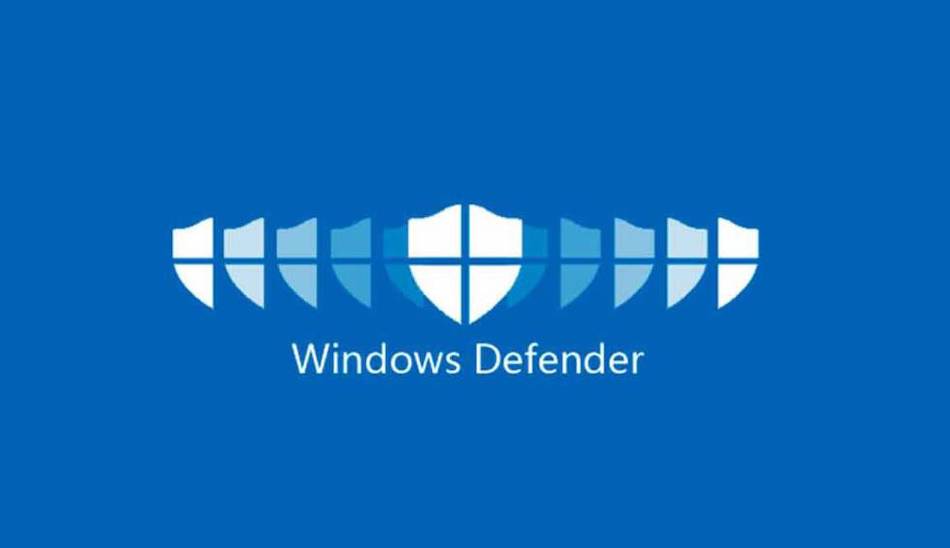

One particular feature that many Windows users are not familiar with is Microsoft Defender Application Guard, or (MDAG). Feature 3: Microsoft Defender Application Guard (MDAG) Think of VBS as Windows' new code enforcement officer, your kernel and app Robocop that lives in a protected memory box that is enabled by your virtualization-enabled CPU. All of this is performed in a secure memory region, which provides more robust protections against kernel viruses and malware. VBS performs similar functions for application code as well - it checks apps before they are loaded and only starts them if they are from approved code signers, doing this by assigning permissions across every page of system memory. These restrictions protect vital OS resources and security assets such as user credentials - so even if malware gets access to the kernel, the extent of an exploit can be limited and contained because the hypervisor can prevent the malware from executing code or accessing secrets. HVCI uses VBS to strengthen code integrity policy enforcement by checking all kernel-mode drivers and binaries before starting and preventing unsigned drivers and system files from being loaded into system memory. This protected region is used to run several security solutions that can protect legacy vulnerabilities in the operating system (such as from unmodernized application code) and stop exploits that attempt to defeat those protections. In Windows 10 and Windows 11, VBS, or Virtualization-based Security, uses Microsoft's Hyper-V to create and isolate a secure memory region from the OS. Isn't virtualization mainly used to improve workload density in datacenter servers or by software developers to isolate their testing setup on their desktops or run foreign OSes such as Linux? Yes, but virtualization and containerization/sandboxing are now increasingly used to provide additional security layers in modern operating systems, including Windows.

Windows 10 Device Security Core Isolation (Memory Integrity) Feature Jason Perlow/ZDNet


 0 kommentar(er)
0 kommentar(er)
